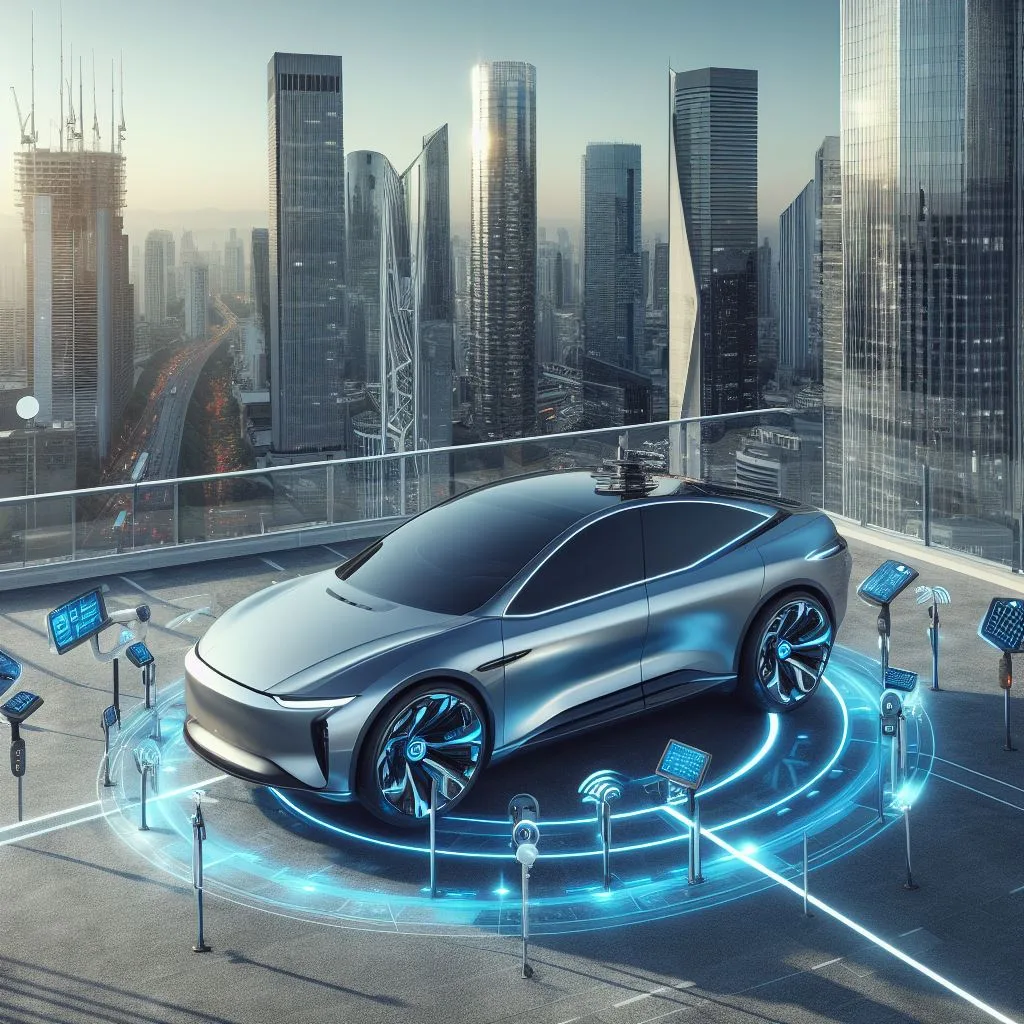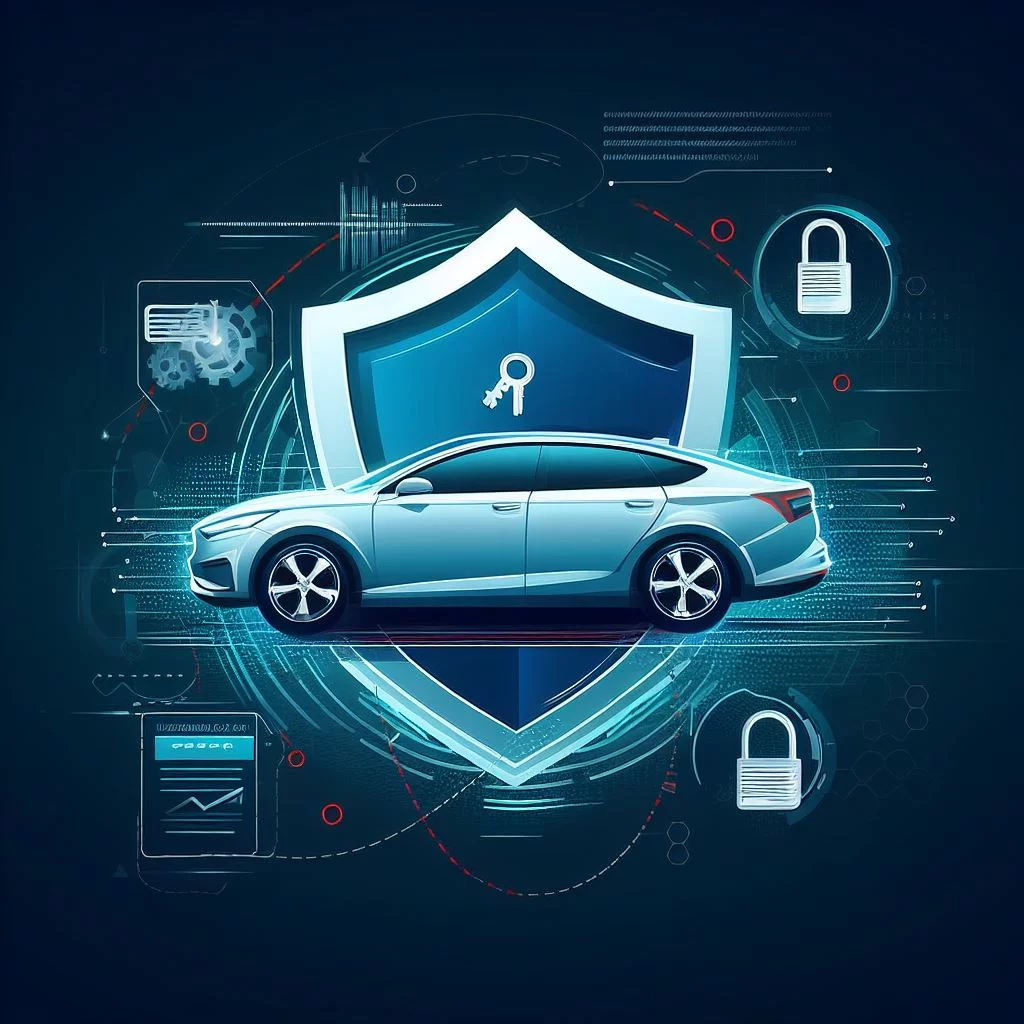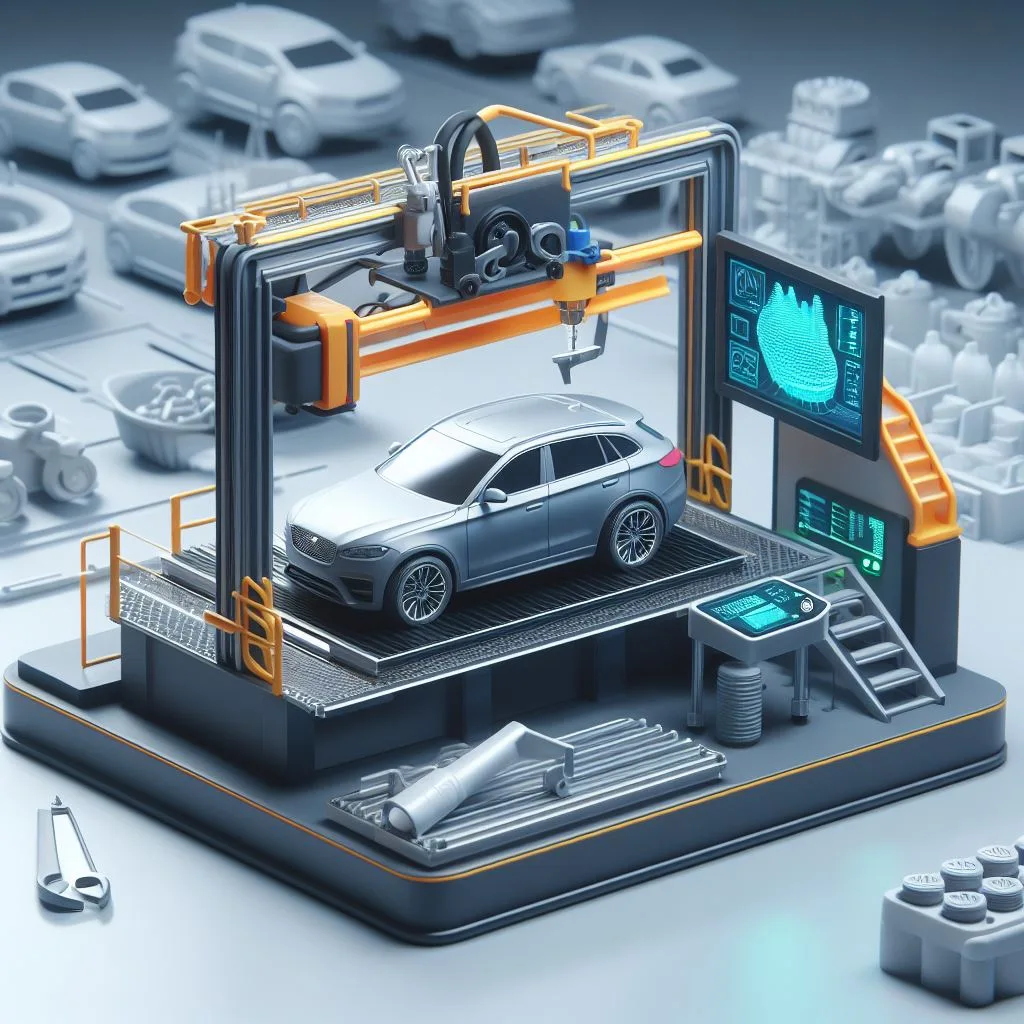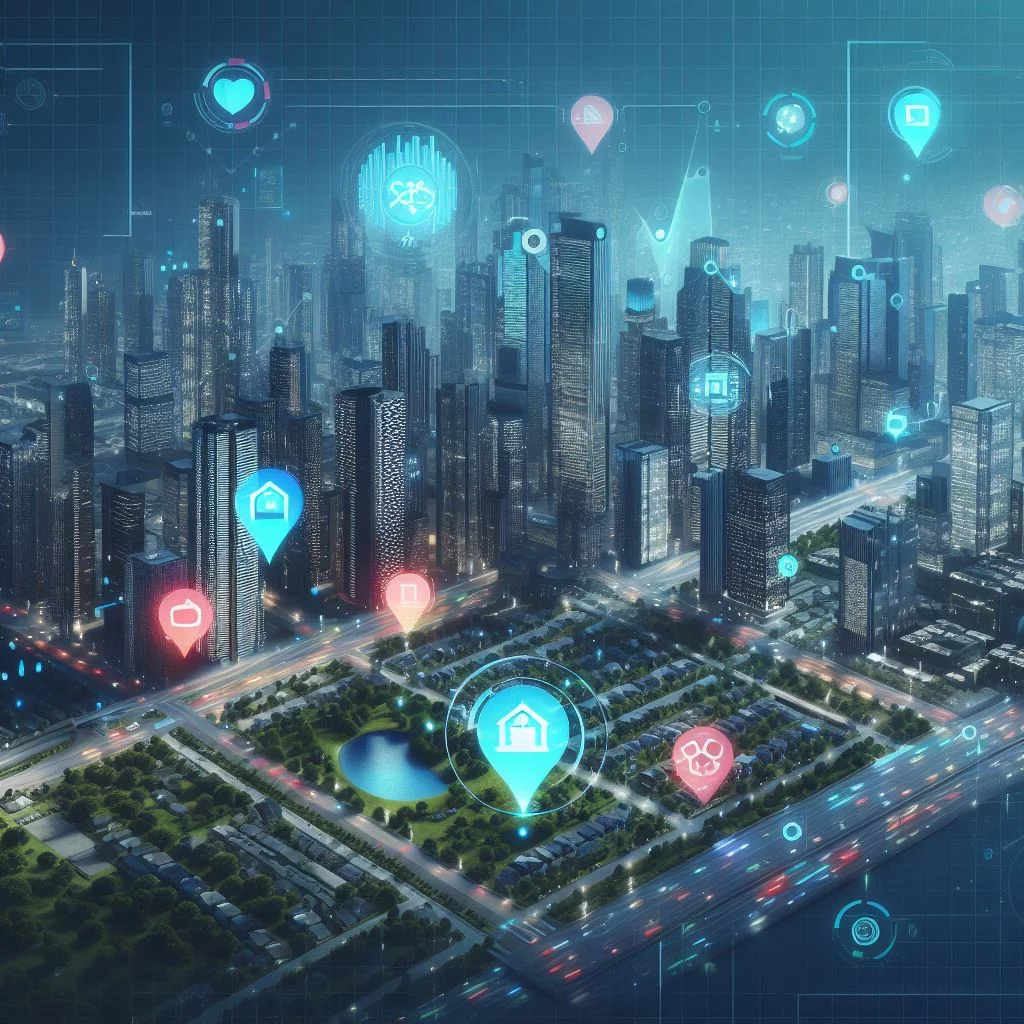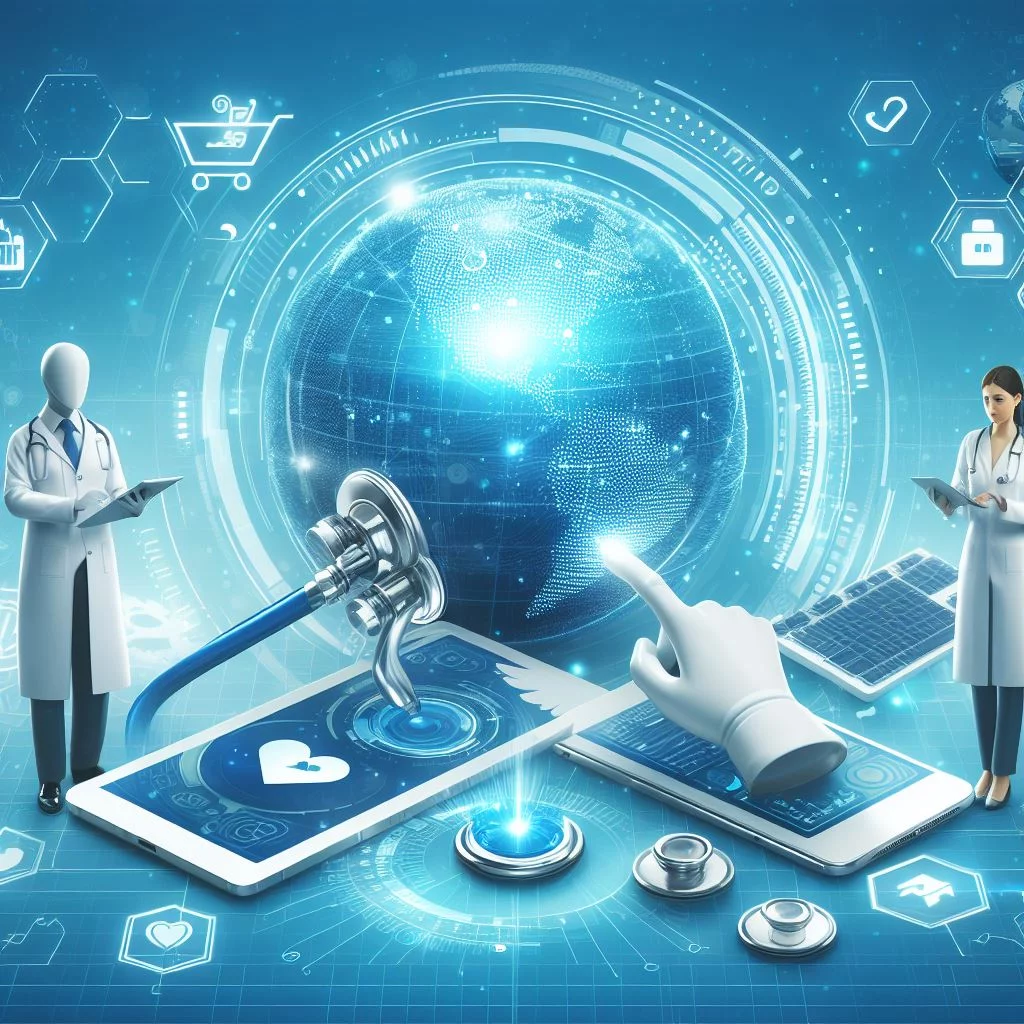The Internet of Things (IoT) is catalyzing Vehicle Telematics. Through the integration of sensors and connectivity within vehicles, IoT is orchestrating a paradigm shift in vehicle telematics, heralding a multitude of advantages for fleet managers, drivers, and passengers, all along for the ride. This technological revolution is propelling the automotive industry into a new era of possibilities.
Fleet Management
IoT technology allows for real-time data collection and analysis, providing fleet managers with invaluable insights to streamline operations and improve overall efficiency. By embedding sensors and connectivity within vehicles, fleet managers can access a treasure trove of data, including vehicle location, performance metrics, fuel consumption, and maintenance needs. This real-time data empowers them to make informed decisions, optimize routes, and even predict and prevent potential breakdowns.
Furthermore, IoT has revolutionized vehicle maintenance, allowing for predictive maintenance scheduling based on actual vehicle performance data. This not only reduces downtime but also extends the lifespan of the vehicles, resulting in substantial cost savings. Improved vehicle health monitoring also enhances safety, as potential issues can be addressed before they become critical.
IoT technology also benefits drivers by enhancing their safety and productivity. Telematics systems enabled by IoT can provide real-time feedback to drivers on their driving habits, helping to promote safer practices and reduce the risk of accidents. Additionally, IoT can support navigation systems, offering drivers real-time traffic and weather information, which helps them make more informed decisions about routes and driving conditions.
For passengers, IoT driven Vehicle Telematics can create a more comfortable and enjoyable experience through connectivity features, such as in-car Wi-Fi, infotainment systems, and mobile app integration. This not only keeps passengers entertained and connected but also adds value to the overall transportation service.
Predictive Maintenance
Predictive maintenance relies on various technologies, including sensors, data analytics, and machine learning, to continuously monitor the performance and condition of equipment. These sensors collect real-time data on factors like temperature, vibration, pressure, and other key indicators. This data is then analyzed to identify patterns and anomalies that may indicate impending issues or deterioration in the equipment’s performance.
The benefits of predictive maintenance are numerous. By predicting when equipment is likely to fail, organizations can schedule maintenance or repairs at the most opportune times, minimizing downtime and preventing costly unplanned outages. This approach also extends the lifespan of equipment, reduces maintenance costs, and enhances overall operational efficiency.
Furthermore, predictive maintenance contributes to safety by identifying potential safety hazards before they become critical. It can also improve the reliability and performance of equipment, which is particularly crucial in industries like manufacturing, aviation, and energy production.
Advanced Driver Assistance Systems (ADAS)
ADAS includes features like adaptive cruise control, which automatically adjusts a vehicle’s speed to maintain a safe following distance, and lane-keeping assist, which helps drivers stay within their designated lanes on the road. These technologies rely on a combination of sensors, cameras, radar, and other detection systems to monitor the vehicle’s surroundings and provide real-time feedback to the driver.
Other components of ADAS may include automatic emergency braking, blind-spot monitoring, pedestrian detection, and traffic sign recognition. These features collectively work to mitigate accidents, reduce driver fatigue, and enhance overall road safety.
Moreover, ADAS is a crucial stepping stone towards the development of autonomous vehicles. These systems serve as the building blocks for self-driving cars, as they are capable of performing various driving tasks autonomously, even if they do not yet achieve full autonomy.
Personalized in-vehicle experiences
Personalized in-vehicle experiences represent a transformative concept in the automotive industry, where the driving environment, features, and services within a vehicle are customized to cater to the unique preferences and requirements of individual drivers and passengers. This modern automotive trend is made possible through a combination of sophisticated technologies, data analytics, and connectivity, providing a more enjoyable and convenient journey for all occupants.
These experiences encompass a wide array of features, such as infotainment and connectivity services. Passengers can enjoy a range of entertainment options, including customized playlists and streaming services, keeping them connected to their digital lives while on the move. Furthermore, drivers and passengers alike can benefit from the concept of driver profiles, where vehicles equipped with personalized systems can recognize individual drivers and automatically adjust settings like seat position, climate control, and infotainment preferences, ensuring that each occupant enjoys a comfortable and familiar driving experience.
Advanced voice recognition technology adds to the convenience and safety of the journey by allowing for hands-free control of various in-car functions, from adjusting the temperature to finding navigation routes. Personalized navigation systems take into account individual driving habits and preferences, offering real-time traffic updates and suggesting alternate routes to avoid congestion, making every trip more efficient and stress-free.
Moreover, some vehicles offer health and wellness monitoring, tracking the driver’s well-being by measuring vital signs or stress levels. If stress or fatigue is detected, the vehicle can make recommendations, such as suggesting a rest stop or playing calming music, thereby enhancing both safety and passenger comfort. Virtual AI assistants like Siri, Alexa, or Google Assistant provide personalized information and recommendations based on the driver’s history and preferences, making the driving experience more convenient and connected. That’s how Vehicle Telematics is shaping the personalized In-vehicle experience.
